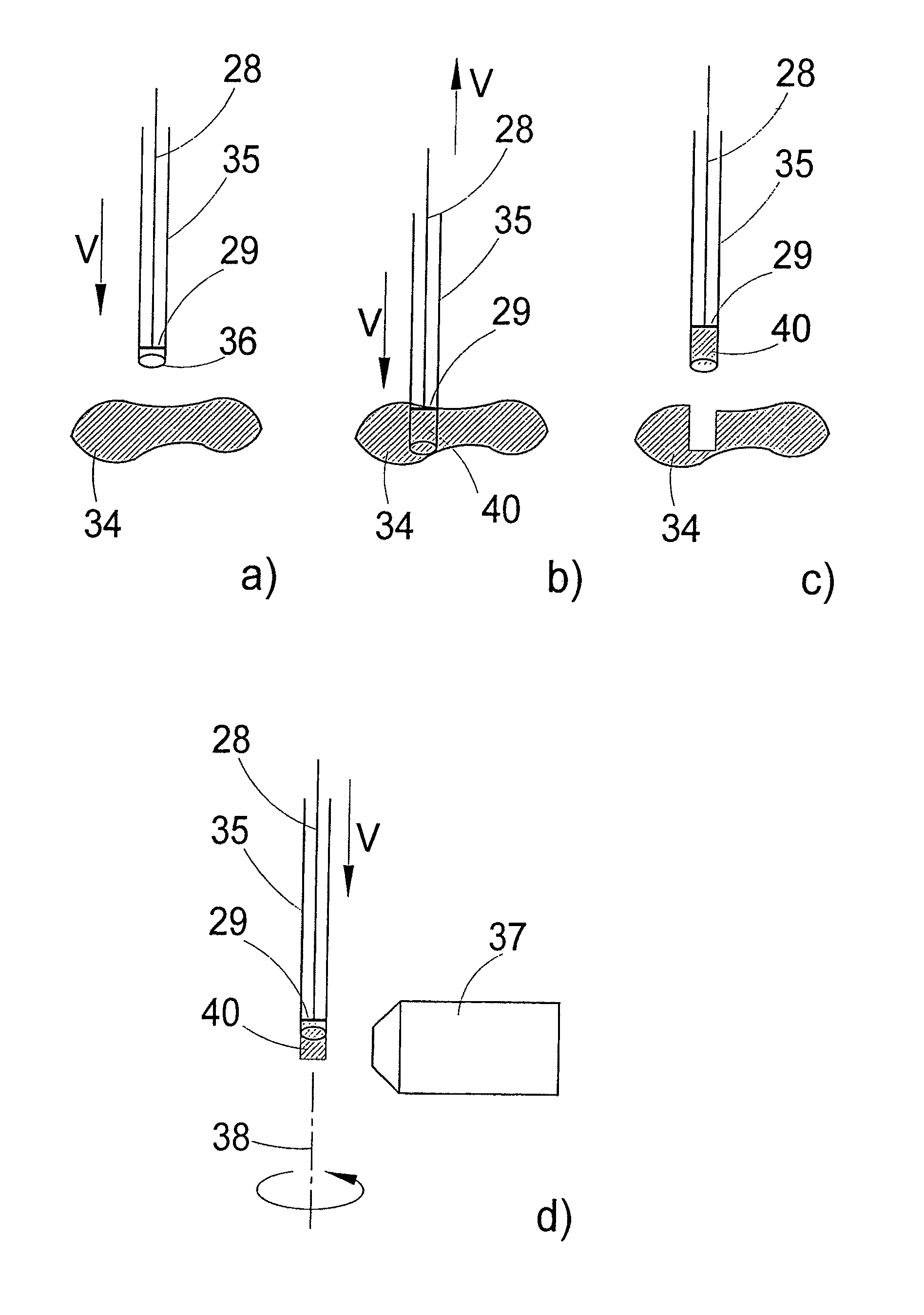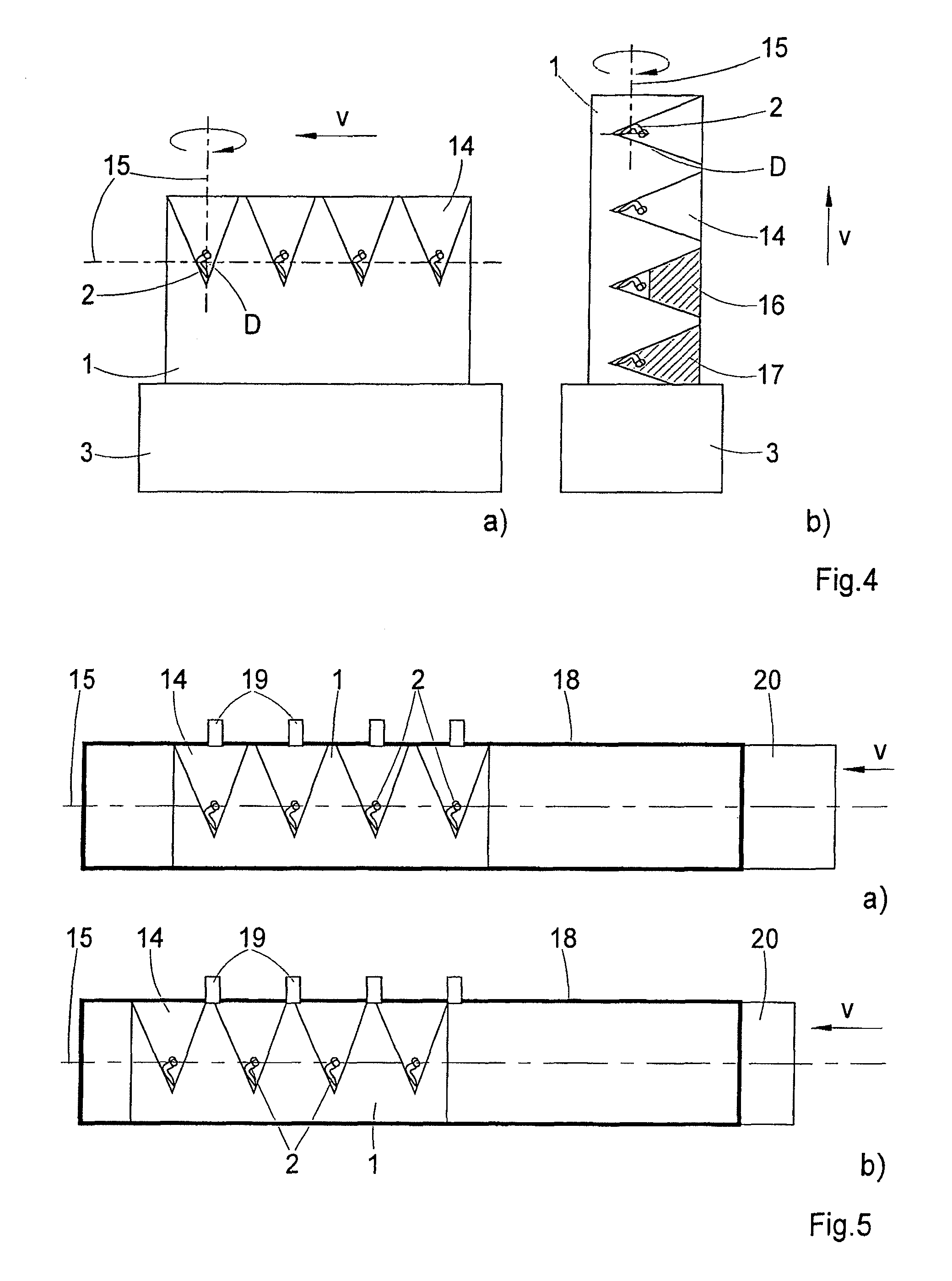Method for positioning biological samples in a microscopic arrangement
a technology for positioning biological samples and microscopic arrangement, which is applied in the direction of withdrawing sample devices, instruments, material analysis, etc., to achieve the effect of high efficiency
- Summary
- Abstract
- Description
- Claims
- Application Information
AI Technical Summary
Benefits of technology
Problems solved by technology
Method used
Image
Examples
Embodiment Construction
[0070]It is to be understood that the figures and descriptions of the present invention have been simplified to illustrate elements that are relevant for a clear understanding of the present invention, while eliminating, for purposes of clarity, many other elements which are conventional in this art. Those of ordinary skill in the art will recognize that other elements are desirable for implementing the present invention. However, because such elements are well known in the art, and because they do not facilitate a better understanding of the present invention, a discussion of such elements is not provided herein.
[0071]The present invention will now be described in detail on the basis of exemplary embodiments.
[0072]FIG. 1 shows various embodiment examples for non-destructive positioning of a biological specimen in the specimen space of a microscope arrangement, preferably for obtaining a three-dimensional image of the specimen, particularly by single plane illumination microscopy (S...
PUM
| Property | Measurement | Unit |
|---|---|---|
| degrees of freedom | aaaaa | aaaaa |
| refractive index | aaaaa | aaaaa |
| transparent | aaaaa | aaaaa |
Abstract
Description
Claims
Application Information
 Login to View More
Login to View More - R&D
- Intellectual Property
- Life Sciences
- Materials
- Tech Scout
- Unparalleled Data Quality
- Higher Quality Content
- 60% Fewer Hallucinations
Browse by: Latest US Patents, China's latest patents, Technical Efficacy Thesaurus, Application Domain, Technology Topic, Popular Technical Reports.
© 2025 PatSnap. All rights reserved.Legal|Privacy policy|Modern Slavery Act Transparency Statement|Sitemap|About US| Contact US: help@patsnap.com



